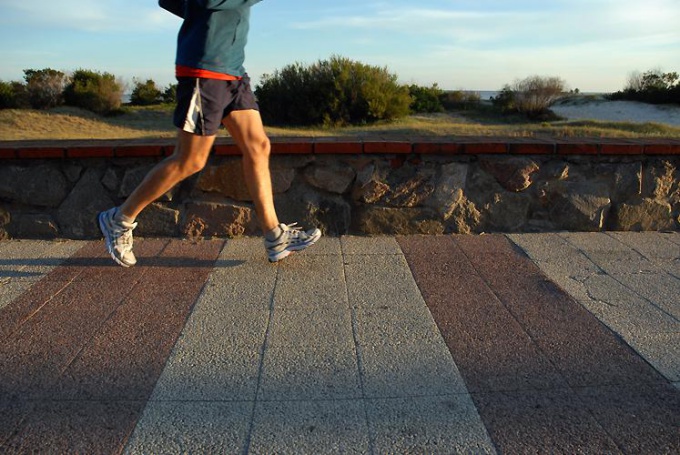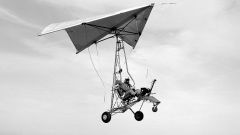Instruction
1
To calculate the desired value, it is necessary to align the units of the two quantities in the formula. One of these quantities determines the momentum of the body – weight. Mass – measure of inertia of the body. The greater the mass of the body, the harder it is to change the speed of this body. For example, the enclosure having a mass of 500 kg is more difficult to budge than a wardrobe with a mass of 100 kg. And it is obvious that the resistance of the first rack force trying to change its speed more than the second. Mass is measured in kilograms (in the International system of units). If the mass is given in kilograms, it should translate. There are the following measuring this quantity: tons, grams, milligrams, kilograms, etc. Example: 6T=6000kg, 350g=0.35 kg.
2
Another quantity from which the pulse is directly dependent on speed. If the body is at rest (velocity is zero), the momentum is zero. As the speed increases the momentum of the body increases. Impulse – vector quantity, having a direction which coincides with the direction of the velocity vector of the body. Measure the speed in meters per second (1m/s). If finding the pulse speed should be translated in m/s, in the case where its dimension are given in km/h. To convert into m/s we need the numerical value of the speed multiplied by a thousand and three thousand and six hundred. Example: 54km/h=54*1000/3600=15m/s.
3
So, in order to determine the momentum of a body multiplied by two quantities: mass and velocity. p=m*v. Example 1. Need to find the momentum of the running man, weighing 60 kg., he Runs at a speed of 6 km/h. Solution: first the velocity is translated in m/s 6 km/h=6*1000/3600=1.7 m/s. Then according to the formula R=60kg*1.7 m/s=100 kg*m/s Example 2. To find a resting pulse of vehicle weight 6T. This task can not be solved. Nedvizhimost momentum of a body is equal to zero.



